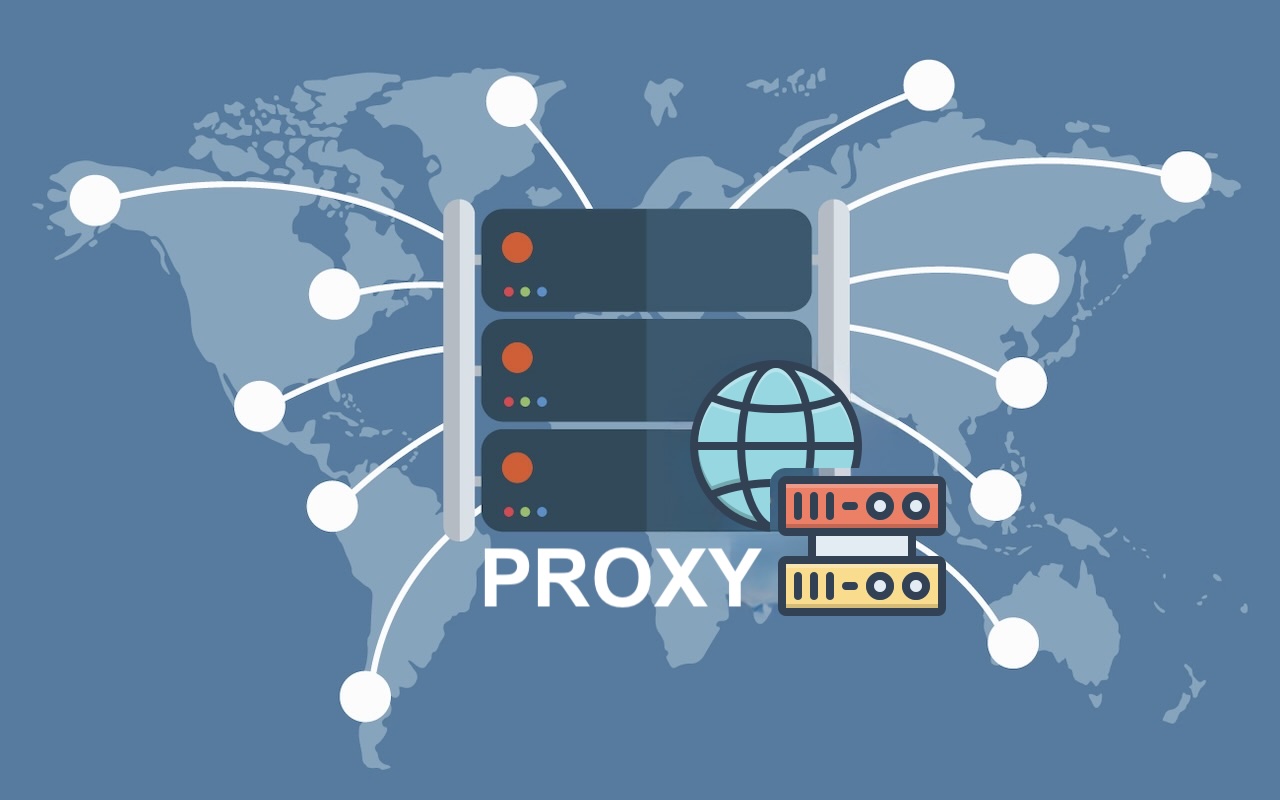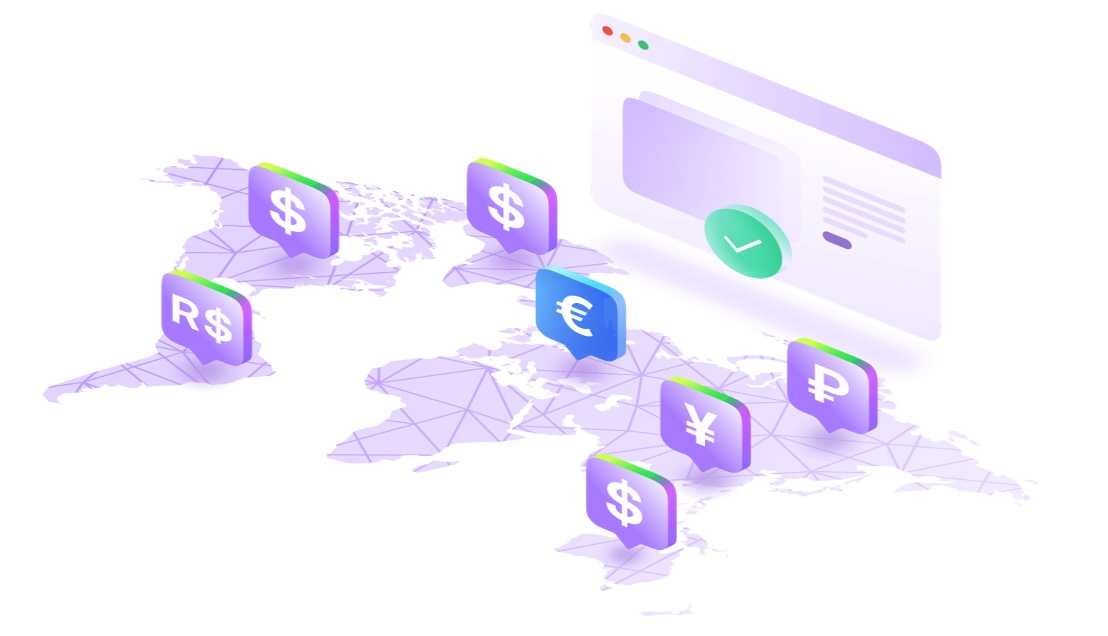
The globe is progressively dependent on digital collaboration; IP geolocation has transformed as an important element of online schemes from detecting fraud and advertising optimization to content localization and operator knowledge customization. The idea is simple: use an IP address for identifying the geographic place of an operator. Nevertheless, the implementation is frequently far more complex.
One of the principal challenges in accomplishing correct geolocation is the extensive use of proxy servers, VPNs, and anonymization tools, that could cover a user's true site. This is where proxy detection transforms as an important element in the geolocation procedures.
This article would explore ways in which proxy detection improves the consistency of geolocation technologies, important techniques used for exposure, and real-world requests that count on correct IP intelligence. There would be understanding of different types of proxy including rotating, datacenter, and static residential proxy options and how they impact data authenticity.

What Is IP Geolocation?
IP geolocation refers to the mapping of an IP address to a physical place on Globe. This location include:
- Country
- Region/State
- Metropolitan
- Latitude and Longitude (approximate)
- ISP and ASN
- Postal cryptogram
- Connection form
This information is used crosswise industries for purposes such as:
- Sending localized content
- Directing advertisement
- Complying with regional information laws
- Blocking constrained content
- Detection fraudulent activity
While most of the above services could regulate a general area or country with realistic accuracy, fine details example city-level precision could transform unreliable particularly when anonymization gears are in play.
Anonymization tools pose important challenges to geolocation as they deeply disrupt the capability to correctly trace a user's physical place on the basis of their IP address. Usually, IP-based geolocation services rely on the evidence that an IP address agrees to a specified geographic zone. Nevertheless, tools designed to reroute internet traffic disrupt this direct linking, making it tough to pinpoint the real origin of a user’s appeal. The thorough breakdown of why anonymization tools are a danger to geolocation are examined:
1. Proxy Servers
Proxy server acts as a middleman, interrupting a user’s website traffic and promoting it with the use of their own IP address. This states the user’s true IP is screened behind the address of the proxies, that could be located at any point across the globe. As an outcome the geolocation system perceives the proxy’s place and not the user’s, an outcome to inaccurate or misleading information about user location.
2. Virtual Private Networks (VPNs)
VPN is an important step for encoding internet traffic and directing it through servers located across diverse countries or areas. VPN users could choose servers in places that are completely different from their real place, appealing as though they browse from that selected place. This encryption likewise complicates system monitoring, additionally complicating user origin.
3. The TOR System
The TOR System anonymizes traffic by bouncing it through numerous volunteer-operated nodes across the world. Every node only recognizes the preceding and succeeding hop, not the complete route, making it very tough to trace back to the innovative IP. This encrusted anonymity is extremely effective for privacy but likewise covers geolocation, as the exit node's IP position is what is noticeable, not the users.
4. Residential Proxy Networks
Residential Proxy Network uses IP addresses allotted to authentic homes by Cyberspace Service Providers. As these IPs are similar in comparison with those utilized by steady internet users, it transforms stimulating to perceive that the traffic is directed through proxies at all. This makes geolocation more complex as these IPs seem reliable and are spread across real-world places that do not reflect the actual position of the users.
5. Datacenter Proxy
Datacenter Proxy IPs initiating from cloud or hosting benefactors, are frequently linked with automated activities, for example web scraping. These IPs tend to be more straightforwardly recognized as proxies, but their usage still disturbs geolocation as their information centre locations infrequently correspond to the actual user’s location.
Working of Proxy Detection
Modern proxy detection schemes use sophisticated procedures to regulate whether a demand is coming from a legitimate operator or through an anonymization network.
- IP Reputation Databases - IP series flagged as VPN, proxy, or TOR nodes are catalogued and scored on the basis of past behaviors.
- ASN/ISP Matching - Detecting whether IPs are connected to recognized proxy networks, hosting benefactors, or residential proxy benefactors.
- Latency & Behavior Testing - Proxies mainly present latency. Network performance examinations could expose suspicious with the use of patterns.
- Port & Protocol Fingerprinting - Analysing the form of requests, protocols used (like SOCKS5), and uncommon port behavior.
- Geolocation Inconsistencies - Mismatch among user-declared places and IP geolocation is a red flag — particularly with rotating residential proxy solutions.
- Machine Learning and Pattern Recognition - AI models’ study to spot mechanization or cloaking behavior on the basis of traffic patterns.
Common Types of Proxy and Detection Challenges
| Proxy Type | Explanation | Detection Difficulty |
|---|---|---|
| Residential Proxies | Directed through real ISPs. Harder to perceive. Used for advertisement verification, sneaker bots, etc. | Hard |
| Static Residential Proxies | Providing persistent IPs via residential ISPs. Used for stability in long sessions. | Moderate |
| Elite/Anonymous Proxies | Mask both the identity of the user and proxy usage. Required multi-point detection. | Very Hard |
| Mobile LTE Proxies | Using real mobile carrier IPs. Higher trust but susceptible to abuse. | Very Hard |
| Datacenter Proxies | Higher-speed and scalable, but easy to detect through ASN. Frequently used for scraping. | Easy |
Use Cases That Trust on Reliable Proxy Detection
1. E-commerce Fraud Detection
Matching billing information with IP data aids in detecting fraud efforts from masked locations. If a mobile LTE proxy service is perceived during higher-risk checkout, an alert or 2FA could be triggered.
2. Digital Marketing Optimization
Geotargeted advertisements rely on legal IP location statistics. An influx of rotating residential proxies could distort campaign presentation metrics and burn advertisement funds.
3. Streaming Services
Platforms use IP detection to impose geo-restrictions. Users endeavouring access via datacenter proxy IPs could bypass country locks, violating licensing contracts.
4. Enterprise Compliance
Some enterprises enforce geo-fencing to limit admittance to internal schemes. Proxy detection confirms that only operators within a permitted province (not those using residential proxies) could connect.
5. Cybersecurity
Botnets often use elite or rotating proxy systems to obscure their origins. Proxy detection tools improve login and behavior monitoring schemes.
Best Practices for Integrating Proxy Detection
1. Leverage Real-Time APIs
Using a consistent third-party benefactor for up-to-date IP intellect with proxy flagging.
2. Combining Multiple Data Points
Augment IP information with device fingerprinting, session examination, and user behavior.
3. Screen for Proxy Type and Risk Score
Several users can use proxies for legitimate explanations (e.g., privacy). Assigning risk scores is an alternative to outright blocking.
4. Enforcing Adaptive Access Control
If a static residential proxy IP is perceived, consider requiring CAPTCHA, MFA, or behavior verification.
5. Maintaining Updated Blacklists
Frequently update the blocked IP ranges for recognized datacentre and rotating proxy networking.
6. Log and Analyse Suspicious Sessions
Analysing traffic from residential proxy benefactors to fine-tune detection instructions without affecting legitimate operators.
Challenges and Ethical Considerations
- Avoiding over blocking: Users on corporate VPNs or shared systems would appear suspicious but be authentic.
- Respect privacy: Always reveal tracking mechanisms in the privacy policy.
- Do not trust IP alone: Combining IP information with device, session, and browser fingerprints for more accurateness.
- Handle legitimate proxy practice carefully: Several users need proxies for security or censorship elusion.
Conclusion
Proxy detection is not an optional element of the online infrastructure but it is more important. From stopping fraud in e-commerce to confirming compliance in fiscal services and delivering localized content in streaming podiums, correct IP geolocation improved with proxy awareness propositions important value.
Establishments capitalizing in advanced proxy detection applications would be better positioned to defend their platforms, users, and information from growing pressures while maintaining presentation, user experience, and compliance values worldwide.
Featured Image by Freepik.
Share this post
Leave a comment
All comments are moderated. Spammy and bot submitted comments are deleted. Please submit the comments that are helpful to others, and we'll approve your comments. A comment that includes outbound link will only be approved if the content is relevant to the topic, and has some value to our readers.

Comments (0)
No comment